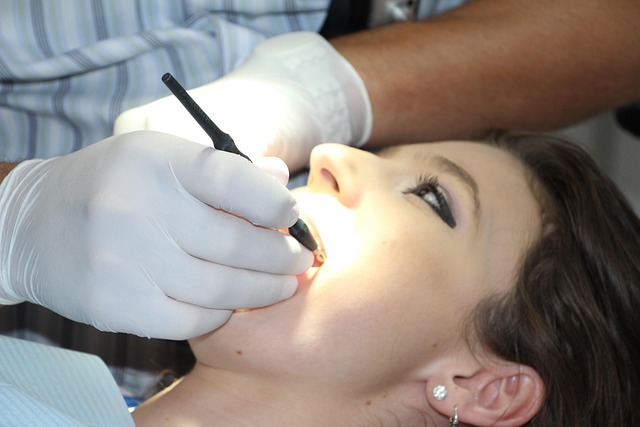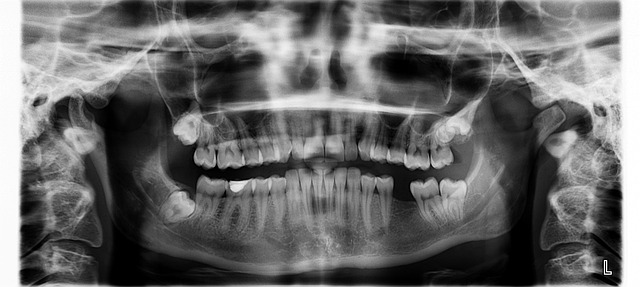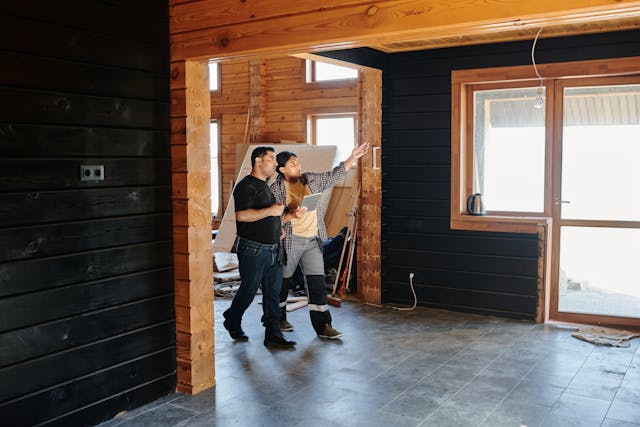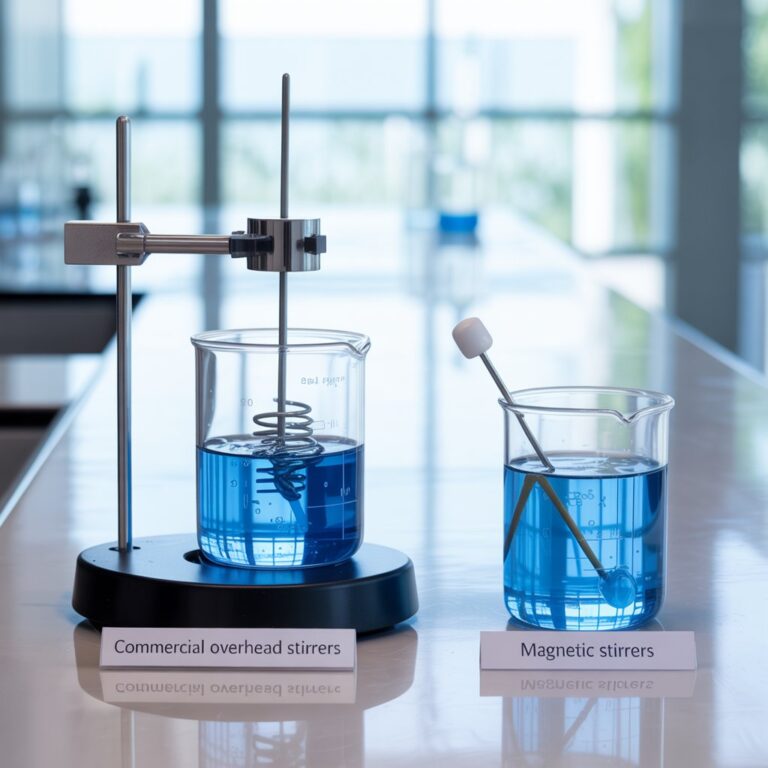An impacted wisdom tooth is one of the most common and painful dental issues young adults face. These third molars often lack the space to grow properly and may get stuck under the gum line or push against neighboring teeth, leading to swelling, pain, and even infection. While dental removal is often necessary, there are times when you need to manage the discomfort at home—at least temporarily—before seeing a professional.
In this guide, you’ll learn everything a parent or individual should know about impacted wisdom teeth: what they are, why they hurt, how to ease the symptoms at home, and when to visit a dentist. With the right knowledge, you can make informed decisions and avoid unnecessary complications.
What Is An Impacted Wisdom Tooth?
Wisdom teeth typically appear between the ages of 17 and 25. In many cases, they erupt without issue. But for some, there isn’t enough room in the jaw to accommodate them. This causes the tooth to emerge at an angle, get stuck beneath the gum, or press against the molar in front of it. This condition is known as impaction.
An impacted wisdom tooth can be partially erupted (where part of the tooth breaks through the gum) or fully impacted (completely trapped beneath the surface). Both scenarios can result in discomfort, inflammation, jaw stiffness, and in some cases, abscesses or damage to adjacent teeth.
Why Do Wisdom Teeth Get Impacted?
The main cause of impaction is a lack of space in the mouth. Human jaws have evolved to be smaller than they once were, but we still grow the same number of teeth. This mismatch often results in overcrowding.
Additionally, the angle at which wisdom teeth develop can play a role. Some grow sideways, tilted backward, or even horizontally. This unnatural position prevents them from erupting properly and increases the chance of them becoming impacted.
Genetics, age, and oral hygiene habits also influence how these teeth behave. Some people may never experience problems, while others face complications before the tooth even begins to break through.
How Can You Tell If Your Wisdom Tooth Is Impacted?
You don’t always need an X-ray to know something’s wrong. Symptoms of an impacted wisdom tooth can develop slowly and may include:
- Persistent or throbbing pain at the back of the mouth
- Red, swollen, or bleeding gums
- Difficulty opening your mouth fully
- Bad breath or an unpleasant taste due to trapped food
- Jaw stiffness or earaches
- Swollen lymph nodes in the neck
Pain may come and go, especially during flare-ups. But if symptoms worsen or infection develops, it’s time to act.
Can You Treat An Impacted Wisdom Tooth At Home?
While home care won’t remove impacted wisdom teeth, it can help manage the pain and inflammation until you’re able to see a dentist. Parents with teenagers going through this often face sleepless nights and worried questions. The good news is that there are some safe, dentist-approved methods to ease discomfort in the short term.
1. Rinse With Warm Salt Water
A warm salt water rinse helps reduce bacteria and soothe inflamed gum tissue. Mix about a half teaspoon of salt in a glass of warm water and have your child swish it gently around the mouth for 30 seconds. Repeat this several times a day.
2. Use A Cold Compress
Applying a cold pack to the outside of the jaw can numb the pain and reduce swelling. Wrap a clean towel around a cold pack and apply it in 15-minute intervals.
3. Over-The-Counter Pain Relief
Ibuprofen or acetaminophen can reduce pain and inflammation. Always follow dosage instructions, especially for teenagers or younger patients. Never give aspirin to children due to the risk of Reye’s syndrome.
4. Keep The Area Clean
Even if brushing near the area is painful, it’s important to keep food particles from building up around the impacted tooth. Use a soft toothbrush and avoid aggressive brushing. Antiseptic mouthwash may also help.
When Should You See A Dentist?
Managing symptoms at home is not a permanent solution. If your child or teen has recurrent pain, visible swelling, or signs of infection such as fever or pus, it’s time to book an appointment. Dentists can confirm the impaction with an X-ray and discuss the next steps.
Even if symptoms aren’t severe, delaying treatment can lead to complications like:
- Gum disease
- Tooth decay
- Damage to adjacent teeth
- Cyst formation around the impacted tooth
In most cases, removal is the recommended treatment. Though it sounds intimidating, wisdom tooth extraction is a routine procedure with a high success rate. Early removal often leads to a smoother recovery.
What Happens If You Leave An Impacted Tooth Untreated?
It’s a common question: “Can we just leave it and see what happens?” The short answer is—maybe, but it’s risky. Not all impacted teeth cause immediate issues, but many worsen over time.
An untreated impacted wisdom tooth can push other teeth out of alignment, undoing years of orthodontic work. It can also trap food and bacteria, causing painful infections and gum disease.
In rare cases, untreated impactions can lead to cysts or tumors. While these aren’t common, they can cause long-term damage to your jawbone and nerves.
Aftercare Tips Following Wisdom Tooth Removal
Once an impacted wisdom tooth is removed, proper aftercare plays a crucial role in healing and preventing complications like dry socket or infection. Whether your teen has one or all four wisdom teeth extracted, here’s what dentists recommend for a smooth recovery.
1. Rest and Elevate
Encourage your child to rest for at least 24 hours after surgery. Keeping their head elevated—especially while sleeping—helps reduce swelling and bleeding.
2. Control Swelling with Ice Packs
Apply an ice pack to the outside of the cheek for 15–20 minutes at a time. This should be done during the first 24–48 hours post-surgery to minimize swelling and bruising.
3. Avoid Straws and Spitting
Using a straw or spitting forcefully can dislodge the blood clot forming in the socket. This may lead to dry socket, a painful condition that delays healing.
4. Stick to Soft Foods
Opt for easy-to-eat foods like mashed potatoes, yogurt, applesauce, or smoothies (no straw!). Avoid hot, spicy, or crunchy foods for at least 3–5 days.
5. Keep the Mouth Clean—Gently
Starting the next day, gently rinse with warm salt water several times a day. Avoid brushing near the extraction site for the first 24 hours, and then brush with care.
6. Say No to Smoking or Vaping
Smoking can interfere with healing and increase the risk of infection and dry socket. Teens and adults should avoid smoking for at least 3 days after extraction—preferably longer.
7. Follow Medication Instructions
If prescribed antibiotics or pain relievers, ensure they are taken exactly as directed. Over-the-counter options like ibuprofen can also help manage pain and reduce inflammation.
8. Watch for Warning Signs
Call your dentist if you notice:
- Fever or chills
- Persistent bleeding beyond 24 hours
- Pus or foul odor
- Numbness or increasing pain after day 3
These could signal infection or other complications that need professional care.
How Much Does It Cost To Treat An Impacted Wisdom Tooth?
Costs vary based on the complexity of the removal and whether general anesthesia is used. Here’s a general estimate:
- Simple extraction: $150 to $300 per tooth
- Surgical extraction (impacted): $250 to $800 per tooth
- Sedation or general anesthesia: Add $200 to $600
Many clinics offer bundled pricing if all four wisdom teeth are removed at once. Dental insurance may cover a portion if the procedure is medically necessary.
Always ask your provider for a detailed breakdown of what’s included—consultations, X-rays, sedation, and follow-up care.
While managing an impacted wisdom tooth at home can provide short-term relief, it’s not a long-term solution. Proper diagnosis and timely treatment from a dental professional are essential for your child’s health and comfort. The sooner you act, the easier the recovery and the lower the risk of complications.
As a parent, your instincts to protect and comfort your child are right on track. Partnering with a trusted dental team ensures that you’re not navigating this alone—and that your child’s smile stays healthy for years to come.
FAQs About Impacted Wisdom Teeth
Can An Impacted Wisdom Tooth Fix Itself?
No. Once impacted, a wisdom tooth will not correct its position naturally. Treatment is usually necessary to prevent complications.
Is Home Treatment Safe?
Short-term home care is safe for symptom relief. However, it is not a substitute for professional dental treatment.
Are Impacted Teeth Always Removed?
Most are, especially if they cause pain, infection, or alignment issues. Some fully impacted teeth may be monitored if they pose no immediate threat.
Can Teens Recover Quickly From Extraction?
Yes. Teenagers usually bounce back within 7–10 days. Early removal—before the roots are fully developed—often means a faster, smoother recovery.





